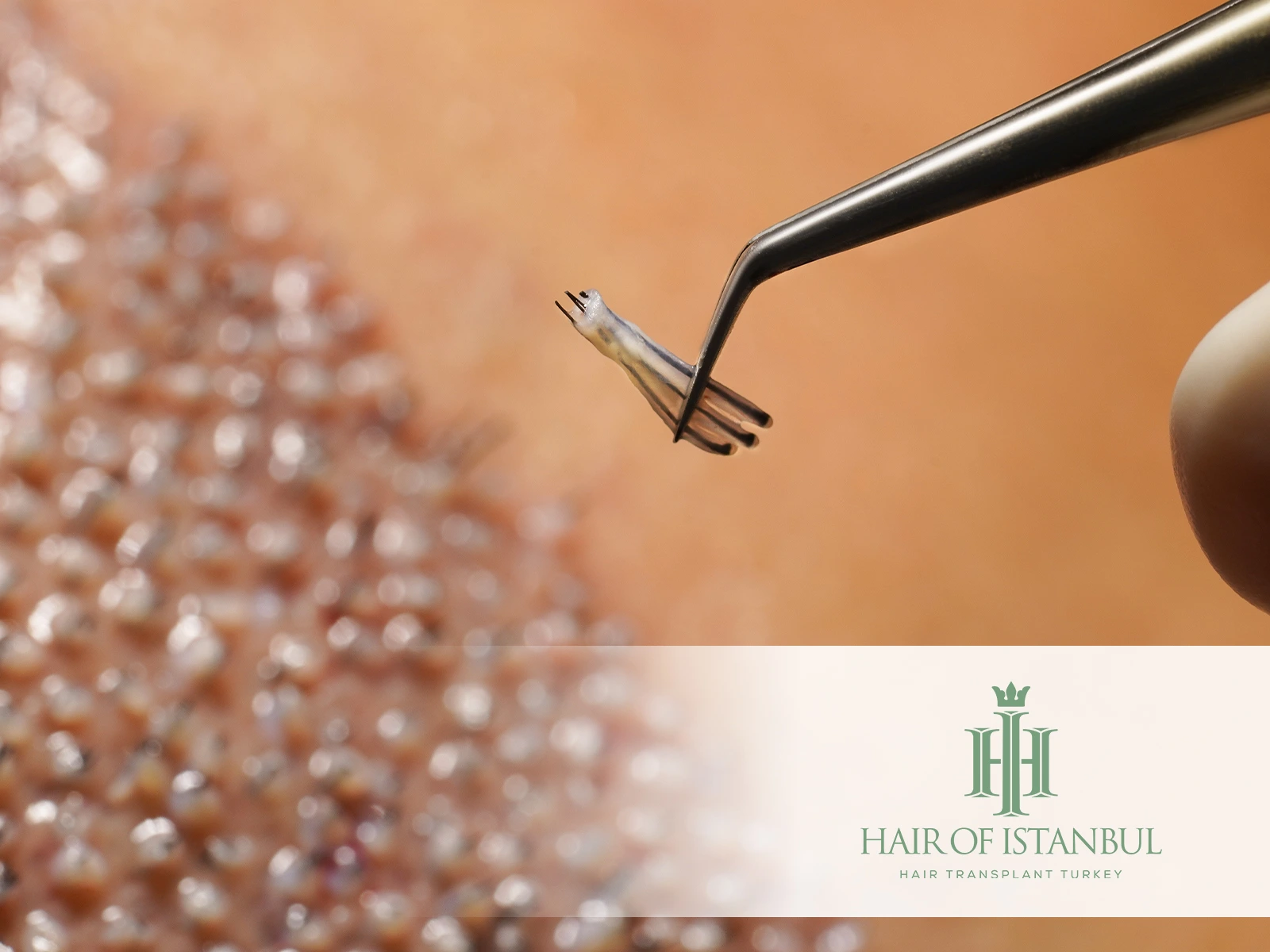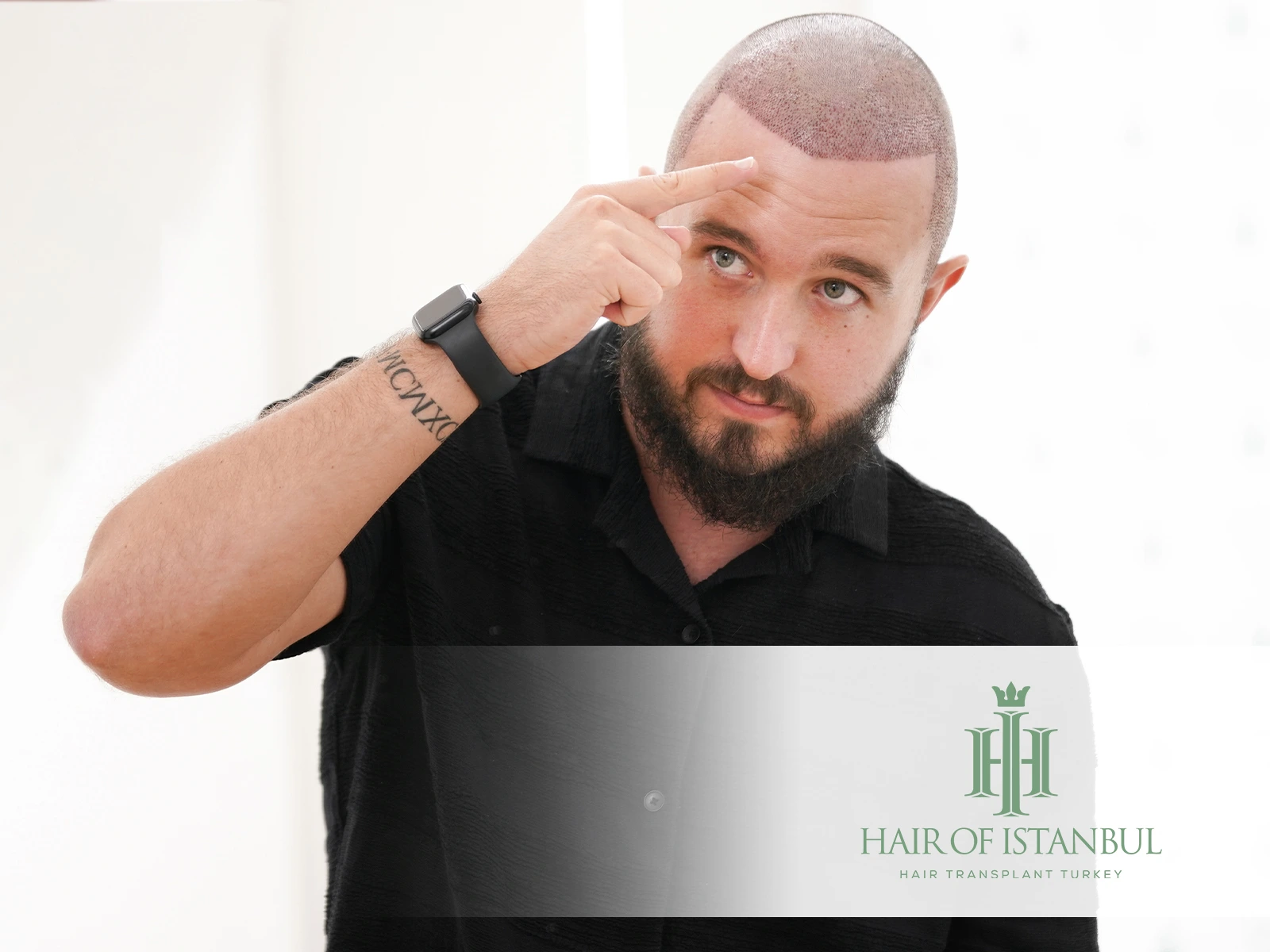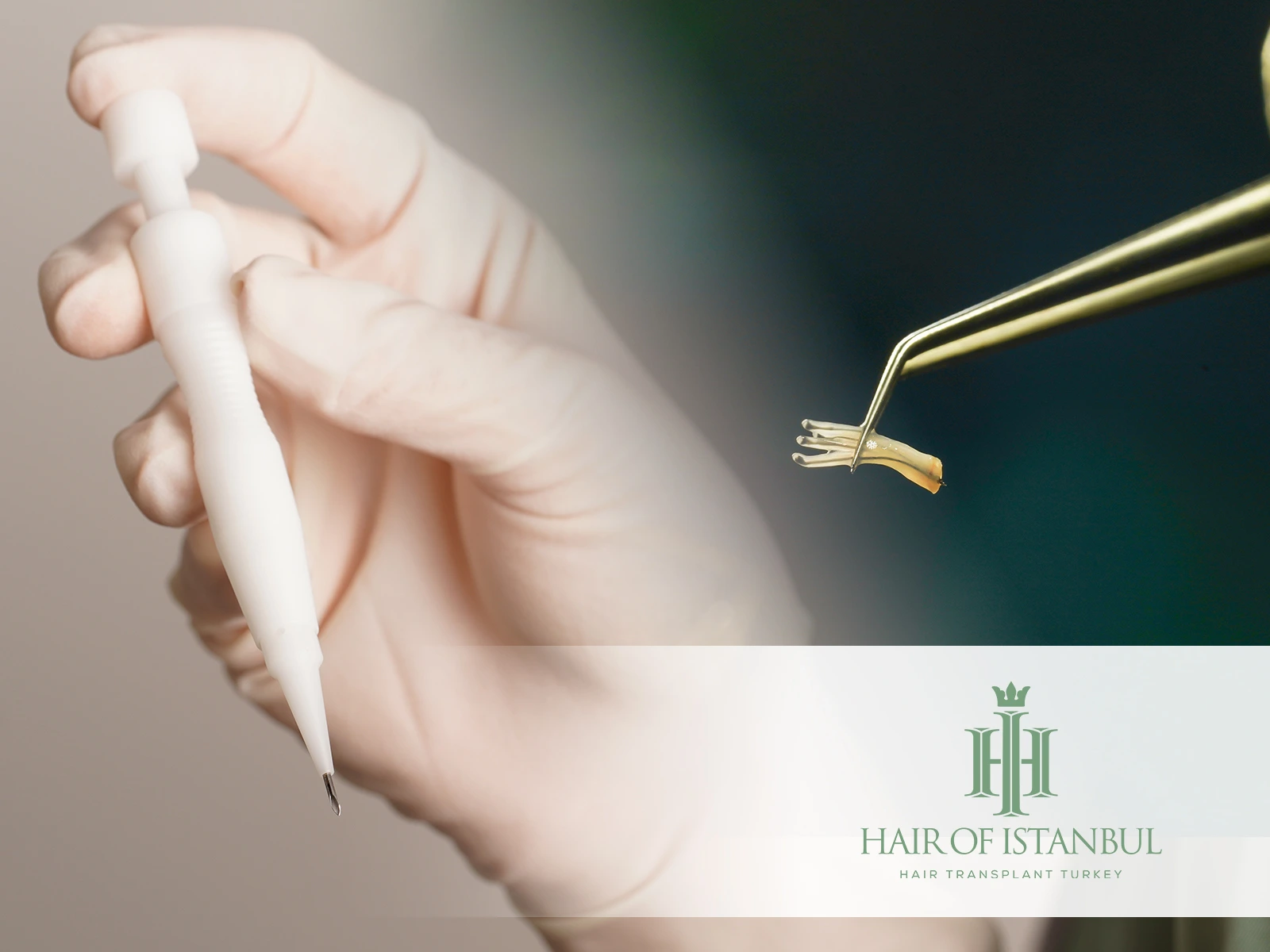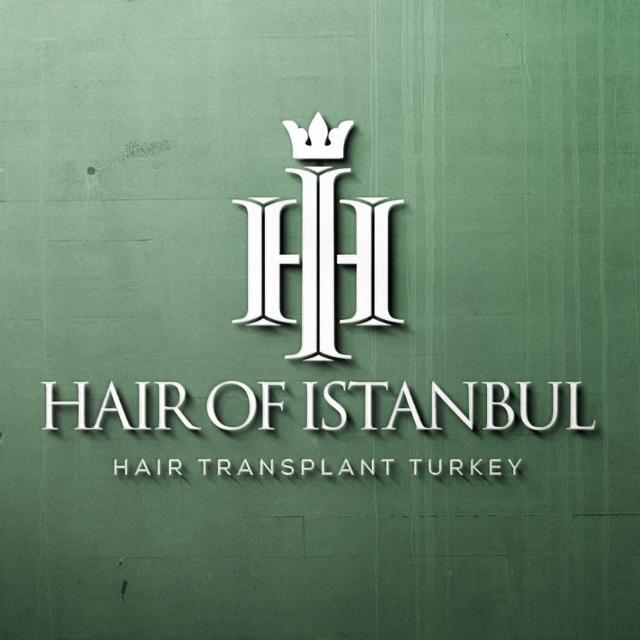What Causes Female Hair Loss on Temples? Here’s What to Do!
Experiencing hair thinning at the temples can be an alarming occurrence for many women. It’s a phenomenon that can be influenced by numerous factors, varying from genetic predisposition to lifestyle choices. But, worry not! There are steps that can be taken to tackle this issue effectively.
In this guide, we delve into the primary triggers for hair loss in the temple region for females. Additionally, we present actionable advice on how to manage and potentially reverse this condition.
Understanding the root causes is our first crucial step. Following this, we’ll explore various strategies, from lifestyle modifications to medical interventions, that can help you regain confidence and take control of your hair health. Get ready to learn, adapt, and ultimately take the reins in your journey towards stronger, healthier hair!
Why Is My Female Hair Thinning On The Side?
Hair thinning at the temples in women is a common issue that can result from various factors. Aging is one key factor that can cause hair to thin naturally, as the hair growth cycle slows down over time. Hormonal changes, particularly those associated with menopause, can also contribute to hair thinning.
Additionally, certain hairstyles that pull tightly on the hair, such as ponytails or braids, can lead to a condition known as traction alopecia, which specifically affects the temples.
Also Read: Is It Normal to See Scalp When Hair Is Wet? Am I Balding?
The Main Reasons of Female Hair Loss at the Temples
Female hair loss at the temples, while not uncommon, can be a distressing issue. It often manifests as a noticeable thinning or receding of hair along the sides of the forehead, also known as the “temples”.
This type of hair loss can occur due to a variety of reasons ranging from hormonal imbalances to certain lifestyle choices. Understanding these causes is crucial for effective prevention and treatment. [1]
Aging and Genetic Factors
Aging naturally results in a slowdown of the hair growth cycle, causing thinning of hair, including at the temples. Certain genetic factors can also predispose some women to more pronounced hair loss in this area.
Hormonal Changes
Hormonal fluctuations caused by pregnancy, childbirth, and menopause can lead to hair loss at the temples. Additionally, conditions like polycystic ovary syndrome (PCOS) can also contribute to this type of hair loss. [2]
Female Pattern Baldness
Also known as androgenetic alopecia, this condition is characterized by hair loss that predominantly affects the top and front of the scalp. In many cases, hair thins at the temples before receding backwards.
Traction Alopecia
Hairstyles that pull tightly on the hair, such as high ponytails, buns, or braids, can lead to a condition called traction alopecia. This condition, caused by the constant pulling and tension on the hair, specifically affects the temples.
Nutritional Deficiencies
Lack of adequate nutrition, especially deficiencies in vital nutrients like iron, vitamin D, and protein can adversely affect hair health, leading to thinning or hair loss at the temples.
Stress and Illness
High stress levels and certain illnesses can disrupt the normal hair growth cycle, potentially causing hair to fall out or become thin at the temples.
Smoking
Smoking can affect the body’s circulatory system, leading to reduced blood flow to the scalp. This can negatively impact the health of the hair and lead to hair thinning or loss at the temples.
Medication Side Effects
Certain medications, including some forms of birth control, blood pressure medications, and antidepressants, can have hair loss as a side effect. This hair loss can often be seen at the temples.
The key to addressing hair loss at the temples is early detection and understanding the root cause.
Also Read: How Often Should I Shampoo and Condition My Hair (Male)?
How Can I Hide My Thinning Hair At My Temples?
Dealing with thinning hair at the temples can be a stressful experience for many women, but there are several techniques and styling tips that can help conceal this issue effectively.
It’s important to remember that while these methods can provide a temporary solution, addressing the root cause of hair loss is essential for long-term improvement. [3]
Here’s a guide on how to hide thinning hair at the temples:
| Change Your Part: | Experiment with a new parting. Shifting your part to the side can create a fuller appearance and draw attention away from thinning temples. |
| Volumizing Products: | Use volumizing shampoos, conditioners, and styling products. These can give your hair more body and make thinning areas less noticeable. |
| Hairstyling Tricks: | Opt for hairstyles that can help conceal thinning hair. Loose waves or curls can add volume, while updos or braids can pull focus away from the temples. |
| Hair Extensions or Toppers: | Extensions or hair toppers can provide additional volume and coverage to thinning areas, creating a fuller look. |
| Hair Color: | A good colorist can use lighter shades on the scalp to make thinning hair less noticeable, and darker colors on the rest of the hair to create an illusion of volume. |
| Scalp Camouflaging Products: | There are powders and sprays available that can match your hair color and make your scalp less visible, thus giving the illusion of fuller hair. |
| Scarves and Headbands: | Fashionable scarves and headbands can be used to stylishly cover the temple area and distract attention from any hair thinning. |
* While these tips can help visually reduce the appearance of thinning hair at the temples, it’s crucial to also consult with a healthcare professional or a hair loss specialist to identify and address the underlying causes of your hair loss.
Also Read: Is the Sun Good for Your Hair? Find Out How It Truly Affects It!
Can Hair Loss at Temples Grow Back?
Whether hair can regrow in the temples largely depends on the cause of the hair loss. In some cases, if the loss is due to factors such as stress, nutritional deficiencies, or certain hairstyles, the hair can regrow once the underlying issue is addressed.
However, if the hair loss is due to genetic factors or certain medical conditions, it may be more difficult to regrow hair in this area.
How to Regrow Female Hair at Temples?
When it comes to stimulating hair regrowth at the temples, a variety of methods exist that can help. Both natural and medical approaches offer potential benefits.
| Natural
| |
| Balanced Diet: | A diet rich in proteins, vitamins, and minerals can improve overall hair health and stimulate growth. |
| Regular Exercise: | Regular physical activity enhances circulation, which may encourage hair growth by providing more nutrients to hair follicles. |
| Gentle Hair Handling: | Avoiding harsh hairstyles and handling hair gently can prevent further hair loss and give existing hair a chance to grow. |
| Scalp Massage: | Massaging the scalp can stimulate blood flow to the hair follicles, potentially boosting hair growth. |
| Medical | |
| Herbal Remedies: | Some herbs, such as ginseng and aloe vera, may support hair health and growth when applied topically. |
| Topical Treatments (e.g., Minoxidil): | Over-the-counter treatments like minoxidil can stimulate hair follicles and prolong the growth phase of hair. |
| Prescription Medication (e.g., Finasteride): | Certain prescription medications can reduce hair loss and stimulate new growth by blocking hormones that contribute to hair loss. |
| Platelet-Rich Plasma (PRP) Therapy: | PRP therapy involves injecting your own platelets into the scalp. These platelets release growth factors that stimulate hair growth. |
| Laser Therapy: | Low-level laser therapy is a non-invasive method that uses light to stimulate hair follicles and encourage hair growth. |
| FUE Hair Transplant Surgery: | This surgical procedure involves moving hair follicles from one part of the scalp to the thinning areas. |
How to Avoid Female Hair Loss on Temples?
Preventing hair loss at the temples in women requires a multifaceted approach that encompasses lifestyle modifications, careful hair care practices, and possibly medical interventions. [4]
This is to not only address potential underlying causes but also to actively promote hair health and strength.
| Maintain a Healthy Lifestyle: | Regular physical activity, adequate sleep, and stress management techniques can all contribute to overall health, which in turn can help maintain a healthy scalp and hair. |
| Healthy Diet: | Incorporating foods rich in biotin, zinc, iron, and vitamins A, E, and D, can nourish the hair from within, promoting strength and growth. |
| Avoid Tight Hairstyles: | Styles that pull on the hair, such as high ponytails and braids, can lead to tension and stress on the hair follicles, contributing to hair loss at the temples. Opt for looser styles instead. |
| Avoid Heat and Chemical Styling: | Excessive heat styling and harsh chemical treatments can cause damage and breakage, exacerbating hair thinning. Try to limit these as much as possible. |
| Regular Scalp Care: | Using gentle, sulfate-free shampoos and incorporating regular scalp massages can stimulate circulation and promote healthy hair growth. |
| Consult with a Healthcare Professional: | If you notice significant hair thinning or loss, it’s important to consult with a healthcare professional. They can help identify any underlying medical conditions or hormonal imbalances that may be contributing to the hair loss. [5] |
Prevention is always better than cure, so taking these proactive steps can go a long way in maintaining the health of your hair and preventing hair loss at the temples.
Also Read: Does Vaping Cause Hair Loss? Separating Fact from Myth!
CONCLUSION
In conclusion, female hair loss at the temples can be a challenging condition, but it’s not insurmountable. By understanding its causes and possible treatments, you can take the necessary steps towards managing this issue.
The most definitive solution for temple hair loss in women is often hair transplantation. As an experienced practitioner at Hair of Istanbul, one of Turkey’s most trusted hair transplant clinics, I suggest that you consider scheduling a consultation with our team. Our specialists have substantial expertise in handling female hair loss cases.
At Hair of Istanbul, we strive to maintain high standards of care, ensuring the best possible results for every patient. We are committed to supporting your journey to hair restoration, combining our expertise and personalized care to deliver results that exceed your expectations. Your journey is significant, and we are here to guide and accompany you through every step of it.
References:
- [1] Drcabin, Jan 15, 2020 – What Causes Female Hair Loss at Temples? – https://cabinmd.com/what-causes-female-hair-loss-at-temples-how-can-it-be-avoided/
- [2] Mayo Clinic, Sep 8, 2022 – Polycystic ovary syndrome (PCOS) – https://www.mayoclinic.org/diseases-conditions/pcos/symptoms-causes/syc-20353439
- [3] Christina Ward, Mar 28, 2023 – How to Hide Female Hair Thinning In the Front – https://vegamour.com/blogs/blog/how-to-hide-thinning-hair-in-the-front-woman
- [4] NHS, Apr 9, 2018 – Women and hair loss: coping tips – https://www.nhs.uk/conditions/hair-loss/coping-tips-for-women/
- [5] Cleveland Clinic medical professional, Oct 2, 2021 – Hair Loss in Women – https://my.clevelandclinic.org/health/diseases/16921-hair-loss-in-women







